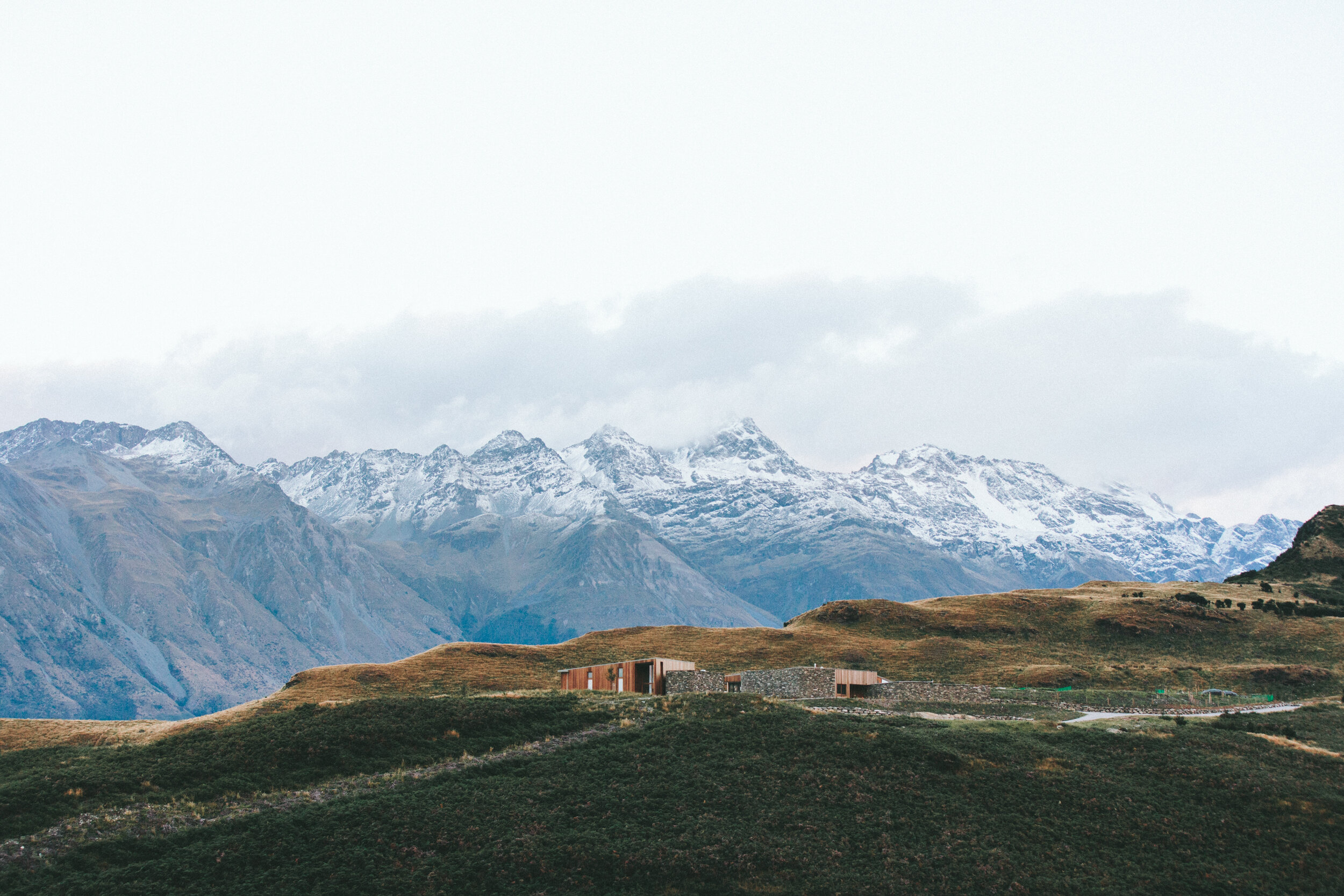
Recyclemap.ru — A User-Centered Recycling Map to Promote Environmental Action
-

Overview
In 2011, Russia had no official recycling system, and finding reliable recycling points was nearly impossible for individuals. I founded Recyclemap.ru to bridge this gap, starting as a small page on Greenpeace Russia's website. Over time, I led its evolution into an independent platform with a sophisticated database, mobile version, and a community of over 90,000 monthly users across 100+ cities.
-

My Role
Founder
UX researcher and community manager
Stakeholder communicator (including C-level management)Coordinator of development with GIS-focused engineers and hundreds of volunteers
-

The Problem
Lack of reliable recycling information: Citizens wanted to recycle but had no single trustworthy source to find recycling points.
Fragmented data: Available information was outdated, unclear, or missing.
Disconnected stakeholders: Recycling businesses were unaware of public demand and didn’t prioritize accessibility.
Process
Research
Initial Testing:
The first version was an MVP — a simple webpage linked to a manually updated Google spreadsheet.
Purpose: Test demand and initiate a dialogue with users.
User Feedback Collection:
General users:
Surveys focused on overall experience and what features would motivate participation.
Result: Added features like “favorite points,” easier commenting, and simplified reporting of issues.
Moderators (super-users):
More in-depth surveys and open-ended questions.
Result: We added database fields requested by moderators and features for easier monitoring (highlighted points needing review, notification of new comments).
Businesses:
Separate survey to understand their pain points.
Result: We enabled a “company account” system where businesses could manage multiple recycling locations under one profile and improved communication tools between companies and users.
Development
We collaborated with external GIS developers to build a flexible database architecture.
Transitioned from a simple page to a full-fledged platform with a mobile-optimized version.
Built systems to highlight data requiring moderation and automate parts of data maintenance.
Outcome
Platform growth:
Expanded from 1 city to over 100 cities.
Increased speed of launching new cities (from 3 to 10 per year).
Unique monthly users doubled after the platform relaunch.
Community engagement:
Volunteer moderators became highly active, helping maintain data quality.
The fundraising button on the map enabled organic donations without promotion.
Sustainability:
“ People who are angry with you are on your side; they are angry because they want your product to work.”